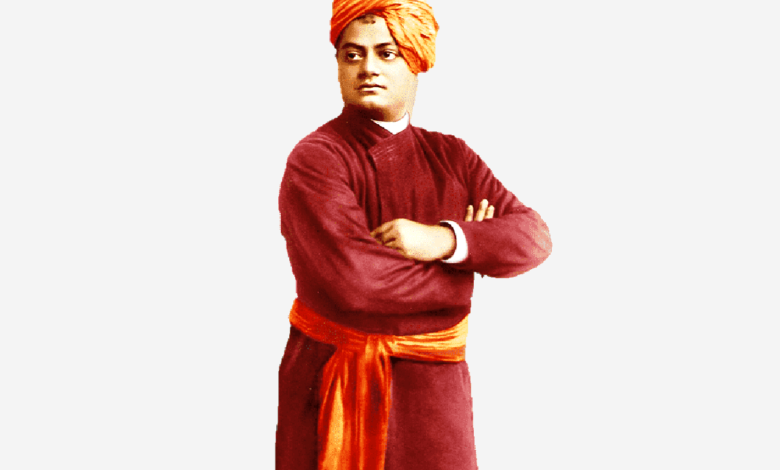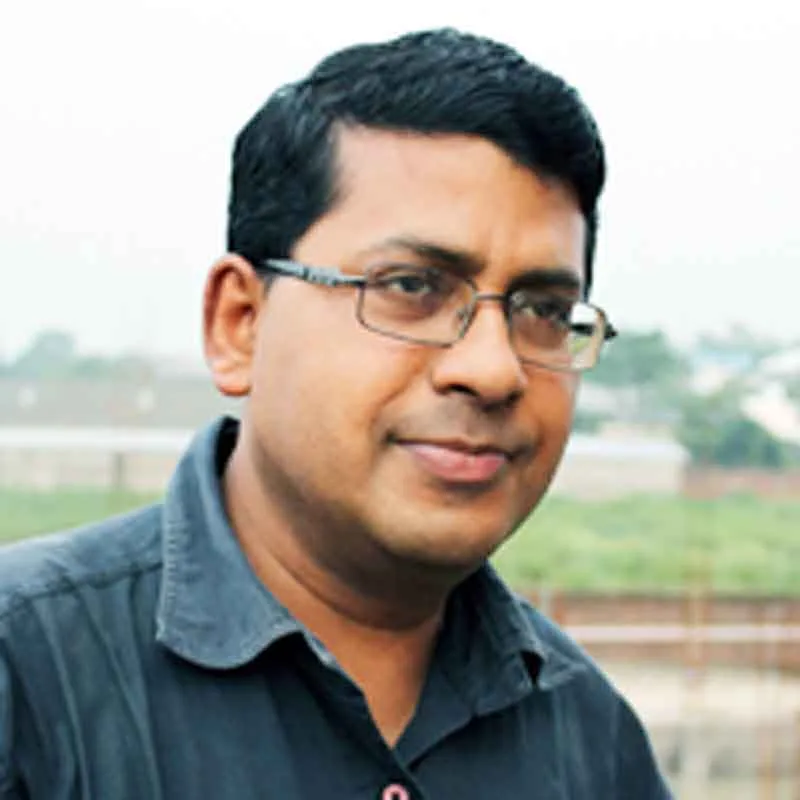Dharma-driven polity: Ancient India’s unique invention

VIEWPOINT
 Romit Bagchi
Romit Bagchi
India can never be Europe until she dies: Swami Vivekananda
Most of the people across the length and breadth of the country must have heaved a huge sigh of relief when the curtain finally fell on the long-drawn-out campaigning for the Lok Sabha election. Many columnists wrote quite rightly that this election would be remembered not for the grandiose poll promises and flamboyant freebies but for its unprecedented vitriolic campaign that went on for day after tiring day amidst the heatwave literally singing the people.
Now, with the election dust having thankfully settled down, when we are hoping for a better future, leaving the acrimonious past behind, it is tempting to look back on what the ancient Indian mind envisaged as its polity in consonance with the peculiar civilisational ethos that evolved over millennia of time in this ancient land. True, at that time, there was no ‘India’ in the political sense of the term. There were numerous monarchical States spread over it, all living by themselves and feeling fulfilled while preserving their own life, devoid of a policy of aggressive expansion. Later, the mighty empires of Chandragupta and Ashoka came up and expanded their territories and influence to become dominant forces and yet many of the smaller States survived and preserved their independence. This peninsula was too vast for an empire to conquer wholly and so it never happened. A need for unification in the form of a confederation of States was felt in the aftermath of Alexander’s invasion, but again it failed to become a reality.
The Indian monarchical system was indeed a peculiar, sui generis concept with no parallel being found anywhere in the world when monarchical rule was the world-wide norm of governance. It was an original system because despite sovereignty remaining invested in the king who was deified as a personification of the Divine Power, there was little or no room for him to become a despotic and autocratic ruler, for, there were enough safeguards built in the society to effectively crush authoritarian tendencies in a king.
The king was the supreme ruler in all senses, enjoying administrative, judicial and military power in their fullness. He was the supreme court; the supreme commander of the military forces, responsible for war and peace of the State; solely accountable for the order or anarchy and welfare and misery of the people under him and yet strangely, his power was far from being his personal power. It was hedged in by the powers of the mighty bodies and guilds which represented various sections of the community and the king was bound to exercise his sovereignty in compliance with their wills. Even the king’s power to levy taxes was not unlimited. He could not go beyond a certain point considered the maximum limit fixed in consultation with the representatives of the community.
However, the supreme sovereign for the kingdom was Dharma, an impersonal authority- free, sacred and eternal, not bound by the limit of the temporal authority of the king and his bureaucrats. When a conflict arose between this impersonal authority and the secular authority the former reigned supreme. The king was none better than the guardian and executor of the Dharma, entrusted with the limited responsibility of ensuring its observance and preventing infringement and breaches.
Dharma was considered sacrosanct, beyond changes; but the system was supple enough to incorporate changes from time to time. However, such changes could not be dictated by the regal fiats but must have come with the evolution of the society, changes coming organically and spontaneously from within. The Brahmins, despite enjoying collective reverence as exponents of the Dharma, were not empowered to make at will any changes.
The religious pluralism- meaning peaceful coexistence of diverse belief systems in the society- being inherent in Indian civilisation, the people had liberties to choose and change religions at their will with no interference from the secular authority. In tune with the overwhelming religious plasticity in philosophical discourses and infinite tolerance for all religions in practical life, there was no State religion patronised by the king to the exclusion or suppression of other religions which were in vogue. There were, of course, instances of kings favouring a particular creed, but they at the same time were bound to respect and support all the religions practiced by the people. For instance, we may mention Ashoka. Though the Buddhist records and literature love to credit him with the propagation of Buddhism in India and abroad the historians affirm that as an emperor, he did never favour Buddhism at the expense of other religions. Ramesh Chandra Majumdar said that the Ashokan Dharma was not the policy of a heretic but a supple system of beliefs churned out of the fusion of different religious faiths.
In case a king dared to go against the Dharma and seek to enforce monarchical hegemony how was it to be combated? Sri Aurobindo writes in his book ‘The Foundation of Indian Culture’: “There could therefore be ordinarily little or no room in the ancient Indian system for autocratic freak or monarchical violence. Nevertheless, such happenings were possible by the sovereign’s disregard of the Dharma. In most cases, any prolonged outbreak of autocratic caprice, violence or injustice seems to have led before long to an effective protest or revolt on the part of the people. In spite of the sanctity and prestige attaching to the sovereign, it was laid down that obedience ceased to be binding if the king ceased to be faithful executor of the Dharma.”
This peculiar Indian polity with Dharma as its fulcrum was not a machinery invented and imposed for administrative convenience with no relation to the culture and life of the people. It rather organically evolved out of the master idea that ancient India epitomised that governed the individual, familial, social, political and cultural life of the people. This idea can be put down to the seeking of man for his deepest spiritual self that was supposed to be the true truth of his being, separate from his physical, vital and mental existence. In the words of Swami Vivekananda, spirituality is the very core of Indian culture- the foundation, the backbone, the bedrock. Ancient India under the guidance of the Rishis who embodied the summit of spiritual experiences and wisdom oriented its life to the ultimate goal of realising the supreme spirit or divinity and the polity with Dharma as its nerve-centre came up as a frame and support to help man discover his higher nature and finally his divine nature through living life in its fullness in the lower nature.
Although thousands of years have passed since the ancient system was ruptured and then lost, the master idea still remains the dominant idea of this land.






